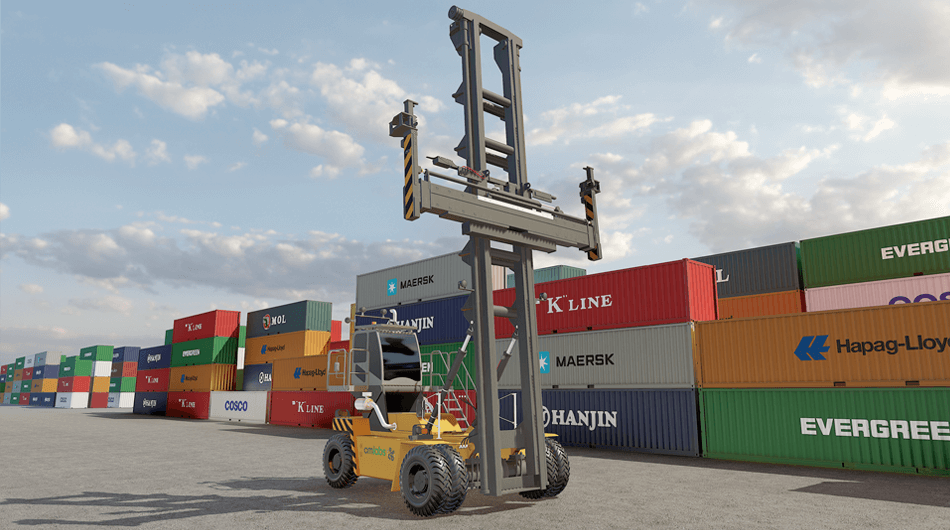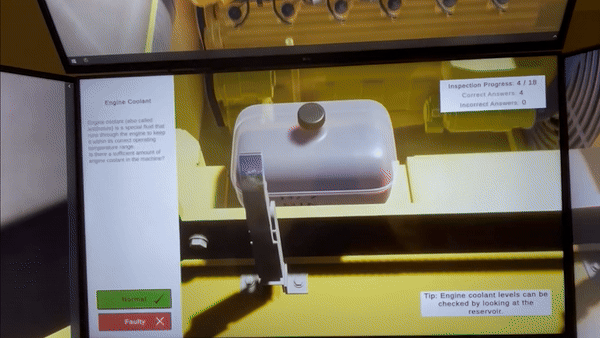Evolving training methods
For years, the most common method of transferring know-how within the forestry and logging sector was the passing down of workplace knowledge from one generation to the next. Today however, a combination of factors is making this form of training less effective, non-sustainable, and impractical.
Heavy equipment OEMs continue to roll out new innovations that will increase the complexity of forestry equipment. Needless to say, such complexity will require an even higher skill set with more comprehensive and complete training.
While innovative new equipment that increases productivity while reducing physical strain on operators can help attract a fresh crop of workers, its complexity will require training above and beyond what even the most experienced operator may be capable of handing down. As equipment and practices evolve, ensuring the skills of the workforce keep pace is equally important. And so, just as technology will help get the attention of a new generation of operators it must likewise be leveraged as a practical training tool.
Simulation-based training gives organizations the ability to provide future talent with a clear idea of what a career as a forest equipment operator can look while bridging the gap between theory and the cab, all within the safety of a classroom environment. Today’s advanced simulation technology provides users with immersive graphics and machine behavior that responds directly to the manipulation of the controls. Shown to be faster and less costly than field training for many clients, simulators allow instructors to customize training to a student’s experience and competency level by allowing them to choose exercises that match the trainees’ skill level, all while challenging them with everything from adverse weather conditions to low/no light operations.
From a trainee’s perspective, simulators remove the fear and danger associated with being placed too quickly behind the controls of an actual harvester or forwarder. When learning takes place in a stress-free and safe environment, students can build the confidence needed to operate the real thing. On a simulator, new operators can familiarize themselves with machine controls, basic maneuvers and skills refinement before moving on to actual equipment where they can focus acclimating to the environment.
What’s more, simulators provide an effective, consistent, and standardized training solution that allows employers to objectively measure performance in a way that can be used to anticipate and optimize an operator’s impact on productivity.
Added benefits include:
- Keeping seasoned operators productive by minimizing training responsibilities.
- Exposing students to complex scenarios they might not immediately experience in the field.
- Allowing operators to repeat exercises until a satisfactory performance is achieved.
- Saving costs associated with fuel, machine wear and tear, and maintenance thereby increasing equipment return on investment
A structured approach to training
Quebec, Canada’s Mont-Laurier professional training center is employing simulation to bridge the classroom to field gap. Here a well-rounded curriculum augments classroom instruction with hands-on training, field work, and practical experience alongside instructors in working logging camps. Training simulators are playing an increasingly important role in not only accelerating the learning process, but in providing students with the confidence to safely and productively operate such complex machinery.
“We found that a dozen hours on a simulator is roughly equivalent to a week of basic training on equipment,” explained Mont-Laurier Assistant Director, Mario Leduc. “This is because students were not intimidated by the machine or afraid of the consequences. Simulators remove the element of danger so students can focus on learning the fundamentals of operation. In about twelve hours they master the basic maneuvers so when they get behind the controls of the actual equipment, they’re better prepared, more relaxed, and ready.”
This structured training approach benefits the entire workforce, including veteran equipment operators whose skills must evolve along with new equipment and techniques.
Putting safety and skills first
The need for wood-based products shows no sign of slowing. In turn, this demand is creating increased requirements for skilled workers. Attracting a new breed of forest equipment operators that view the industry in a positive light will require a different approach to recruitment and training. It means putting safety and skills-based learning at the heart of workforce development.
Leveraging simulation training gives the forestry industry the opportunity to attract more workers who quickly become confident and competent operators faster and more efficiently. Learn more about CM Labs’ forestry equipment training packs and see how simulation can help prepare the next generation of operators.



